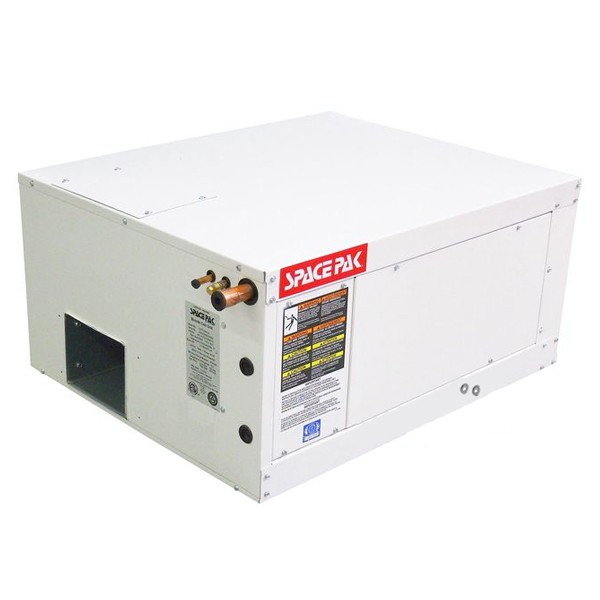Small Duct High Velocity Systems

When you imagine your furnace at home, you generally envision a large unit connected to large ductwork, the terms “efficiency” and “AFUE” may even crop up. Did you know
When you imagine your furnace at home, you generally envision a large unit connected to large ductwork, the terms “efficiency” and “AFUE” may even crop up. Did you know that these are called “Low-Velocity” systems? Yes that means you too, reader who has that new 96% efficient system.
What is a high velocity system?
A high velocity system is generally ideal for homes with no ductwork, this can include historic landmarks, barns and contemporary custom homes that do not have built-in duct work or where the larger diameter ductwork of standard central air conditioning is prohibitive due to space. Installing a traditional forced air furnace into a historical landmark would call for major construction deteriorating the aesthetics and historical nature of the property.
Forced air systems are more expensive than traditional means, but make sense when installing new ductwork through your entire home is taken into account.
High velocity systems work when cool air is delivered through small, flexible ducts. The system is powerful, yet quiet and there are no unsightly, exposed ducts. The air handler part of the unit is designed to be compact and to be installed in attics, basements, crawl spaces or any other out of the way location. These systems are said to bring comfort without compromise.
High velocity systems consist of a special type of indoor equipment called an air handler, outdoor equipment (any standard either air conditioner condenser or heat pump), a line set of pipes to connect the indoor and outdoor equipment together, special narrow diameter ductwork which connects to the indoor equipment to transfer the heated and cooled air throughout the home, and a standard thermostat to control the system.
Not only do they offer space benefits, but High-velocity systems may also ensure a drier, more comfortable environment than that provided by conventional air conditioning due to an air circulation method called aspiration. By discharging cold air at a high-velocity from strategic locations (such is in a corner or next to a wall), high-velocity systems create an intermingling of air in the room to give a complete and thorough circulation
Advantages of high-velocity systems
- High-velocity systems are easier to install in an older home with no existing central AC system. At just two inches wide, the ducts are much easier to retrofit into older homes than the standard eight-inch-deep HVAC ducts. The miniature ducts can run inside walls, below floors and in other tight spaces.
- High-velocity systems also are ideal for new homes with radiant floor heating. These homes don’t need bulky heating ductwork, so the smaller high-velocity ducts are a good cooling option.
- As the name suggests, high-velocity systems typically make a room colder faster, using half the air flow. They also remove up to 30 percent more moisture than standard systems, a particularly strong selling point in hot, humid climates.
- The circulation system and high-velocity air are designed to create more even temperatures throughout each room.
High velocity systems are a terrific example of the multitude of products on the market designed to suit every need, some you may not even know exist. This also proves a great example of why it’s always a good idea to call people like us at Younits.com (800-880-0199) to make sure you have all the information on all the available products before jumping into a decision. Who knows, the best solution may be out there just a phone call away.


